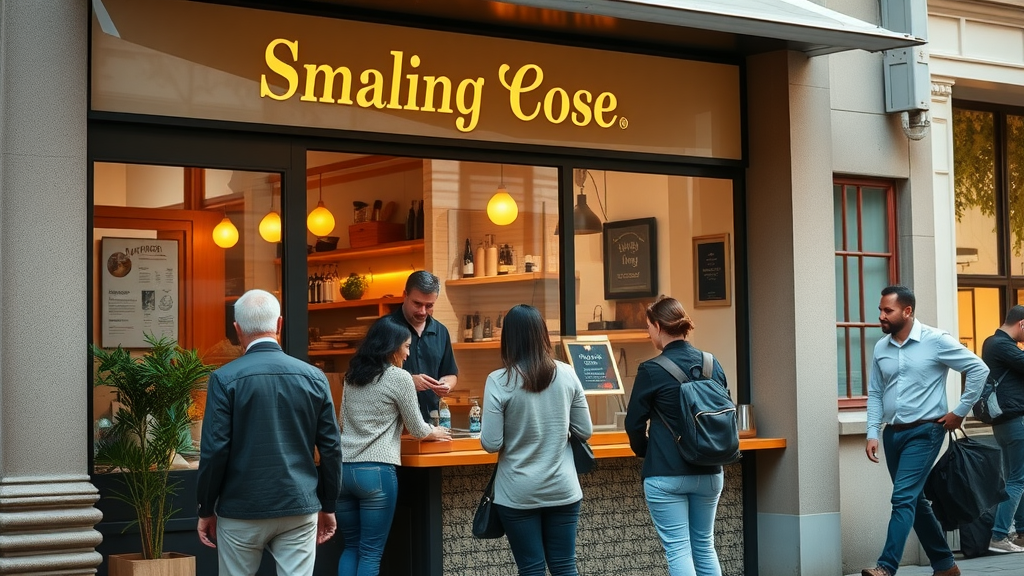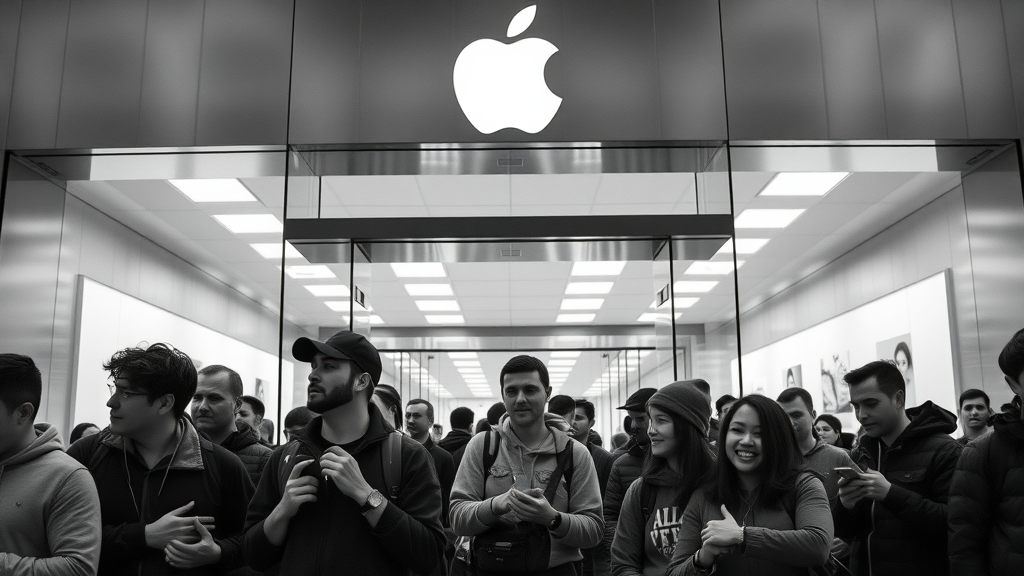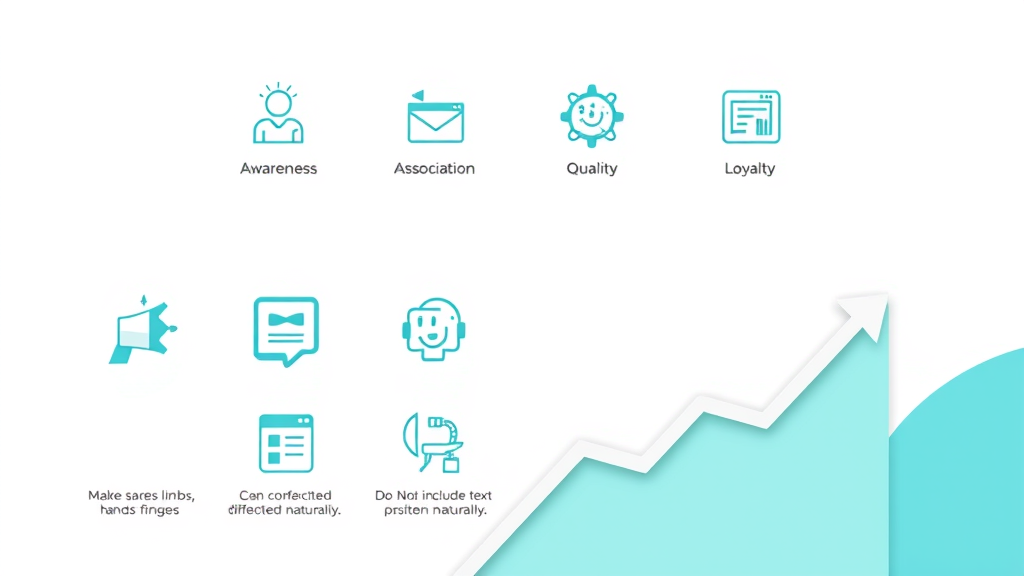- Did you know that brands with strong brand equity can command up to 20% higher price points than their competitors without sacrificing customer loyalty? Unlock the secrets behind this business advantage and discover how you can boost brand equity on a budget.

Imagine boosting your prices by 20%—without losing loyal customers. That’s the superpower of strong brand equity . This guide reveals simple, cost-effective methods to enhance your brand’s value so you can drive greater profit margins and business growth. Whether you’re running a startup or leading an established business, get ready to transform your approach and unlock the secrets of thriving brands—no extravagant budget required.
Understanding Brand Equity: Foundation for Long-Term Success
Building sustainable brand equity is not just a marketing buzzword; it’s the very foundation for long-term success and resilience in any marketplace. When your customers recognize, trust, and prefer your products or services over competitors, your brand equity acts as a shield—protecting your market position and enabling you to weather economic storms. The benefits of fostering strong brand equity include higher conversion rates, improved profit margin , and lasting customer relationships.
As you explore how to build brand equity , think beyond flashy advertising campaigns. Even with a modest budget, businesses can cultivate a powerful brand by focusing on the right strategies. A strong brand attracts loyal customers and keeps them returning, regardless of the price. This article dissects the most practical, affordable ways to grow your brand’s value and carve out an enviable position in your industry.
What Do You Mean By Brand Equity?

Brand equity refers to the added value a brand gains from consumer perceptions, experiences, and associations. In simple terms, it’s what sets your product or service apart in a crowded market—even when alternatives offer similar features or prices. High brand equity means your customers recognize your name, trust your brand image, and are more likely to choose you over others, sometimes even at a higher price .
Measuring brand equity involves considering both tangible and intangible factors: brand recognition , customer sentiment, emotional connection, and purchasing behaviors. Positive brand equity results in loyal customers, repeat purchases, and greater margin potential. On the other hand, negative brand equity can deter buyers and erode value, no matter how good your products or services are.
Key Components That Build Brand Equity
- Brand awareness
- Brand associations
- Perceived quality
- Brand loyalty
To truly build brand equity , you must strengthen each of these components. Brand awareness is the foundation—customers must know your brand exists before they can connect with it. Brand associations are the thoughts and feelings your brand evokes, while perceived quality influences customers’ view of your value proposition. Most importantly, brand loyalty ensures your fans stick around for the long term. Focus on all four pillars, and you’ll set the stage for sustainable success.
What You'll Learn
- How to build brand equity without overspending
- Strategies that drive a positive brand image
- Ways to improve profit margin through brand initiatives
- How to pivot from negative brand equity to positive brand equity
Affordable Strategies to Build Brand Equity and Enhance Brand Image
A strong brand doesn’t require a deep wallet—just intention and consistency. Let’s explore budget-friendly tactics to enhance brand image and build lasting brand equity . By leveraging digital channels, consistent messaging, and authentic engagement, even the smallest businesses can punch above their weight and rival legacy brands in their niche.
Amplify Brand Awareness on a Budget
- Leverage social media platforms
- Create shareable content
- Partner with micro-influencers

Building brand awareness has never been more accessible. Start by maximizing your social media presence—consistent, value-driven posts on platforms where your audience hangs out can make your brand both memorable and relatable. Engage directly with your community, answer questions, and show your personality.
High-impact, shareable content (think infographics, how-to videos, or behind-the-scenes snippets) encourages word-of-mouth marketing, a priceless boost to brand recognition. Collaborate with micro-influencers who have loyal, niche followings; these partnerships often yield richer engagement for a fraction of the cost of celebrity endorsements. The result? Rapidly expanding visibility at a fraction of big brand budgets.
Strengthen Customer Loyalty Without Big Spending
- Reward programs
- Consistent brand experience
- Authentic customer interaction
True customer loyalty is earned, not bought. Small investments in thoughtful reward programs—such as points toward discounts or personalized thank-yous—can make loyal customers feel genuinely valued. Equally important is delivering a consistent brand experience at every touchpoint, from website to in-store visits.
Authentic, timely interaction—be it a handwritten note or quick response to a social comment—helps convert regular buyers into loyal customers who advocate for your brand. Personal touches like remembering purchase history or preferences add to a seamless customer experience , reinforcing your brand as trustworthy and people-centric, which naturally boosts brand equity .
Build Brand Associations That Set You Apart
- Pillars of positive brand association
- Crafting a memorable message
- Visual identity tips

Positive brand associations are the link between your company and what it stands for in customers’ minds. Pinpoint your brand’s core values—are you eco-friendly, innovative, or focused on customer care? Infuse these pillars throughout your communications, visuals, and even employee interactions.
Crafting a memorable message means delivering one clear, resonant idea about who you are and why you matter—consistently. This, combined with distinctive visual identity elements (like signature colors, logos, or packaging), strengthens brand associations and keeps your business top-of-mind in every customer journey.
Maximizing Profit Margins by Growing Brand Equity
The link between brand equity and higher profit margins is real and quantifiable. Brands with strong equity consistently outperform those with weak or negative brand equity, commanding a higher price point for their products and services. This competitive advantage comes not just from charging more, but from building a base of loyal customers willing to pay those prices.
How Brand Equity Supports a Higher Price Point
A strong brand provides perceived added value, so consumers are less likely to shop based solely on price. When buyers feel emotionally connected or trust in your consistent product quality, they rationalize paying a premium. This allows you to raise prices without sacrificing sales volume, directly fueling improved profit margin .
Think about premium brands like Apple or Starbucks; their loyal customers often don’t consider lower-priced alternatives, illustrating an unshakable connection between brand equity, positive brand associations, and the ability to set (and hold) a higher price.
Case Study Table: Companies Growing Profit Margin Through Brand Equity
| Company | Brand Equity Initiatives | Profit Margin Before | Profit Margin After |
|---|---|---|---|
| Coca-Cola | Consistent Brand Messaging | 18% | 25% |
| Patagonia | Environmental Commitment | 10% | 17% |
| Warby Parker | Social Impact | 12% | 16% |

These companies didn’t just improve their products; they carefully managed their brand image, told compelling stories, and created communities. As a result, their profit margins soared, demonstrating that investing in brand equity yields financial rewards far beyond the cost.
Overcoming Negative Brand Equity: Turning Weakness Into Strength
Even the best brands can face setbacks that harm their reputations, resulting in negative brand equity . When past mistakes, poor customer experiences, or negative press damage your brand’s value, proactive strategies can help you recover and emerge stronger than ever.
Identify and Address Negative Brand Perceptions
- Monitor feedback actively
- Transparent communication
- Swift action on complaints

Start by monitoring feedback wherever your customers are talking—social media, review sites, or direct surveys. Active listening is crucial to pinpoint patterns and the root causes of negative brand perceptions. Once identified, respond with transparent communication that acknowledges issues without making excuses.
Take swift action on complaints or recurring concerns. Customers are much more forgiving of brands that own up to their mistakes and show commitment to making things right. By openly addressing negative brand issues, you convert problems into opportunities to demonstrate your values and reliability.
Rebuilding Trust and Achieving Positive Brand Equity
- Rebranding and repositioning tips
- Community engagement strategies
- Crisis recovery examples
Sometimes, a fresh start is needed. Consider rebranding or repositioning your offerings with honest messaging about improvements and new commitments. Gather your team and stakeholders to build consensus around the renewed brand mission and vision.
Community engagement is a powerful tool for restoring trust. Demonstrate your genuine investment in what matters to your customers. Highlight crisis recovery stories with transparency, celebrating milestones and progress in rebuilding positive brand equity . Consistent positive actions over time are your best strategy for regaining lost ground.
Manage Brand Equity Proactively for Sustainable Growth
Managing brand equity requires ongoing attention, alignment, and innovation. Your brand’s value isn’t static—it needs nurturing through consistent practices, internal alignment, and continuous improvement. Strategic management differentiates thriving brands with high brand equity and profit margins from those that lag behind.
Best Practices for Managing Brand Consistency
- Clear brand guidelines
- Stakeholder alignment
- Regular brand audits
Develop and enforce clear brand guidelines —covering tone, color palette, logo usage, and messaging. Ensure everyone from creative teams to customer service understands what the brand stands for (and how to communicate it). Keep all stakeholders—employees, partners, and even customers—aligned on brand purpose for consistent experiences.
Conduct regular brand audits to assess what’s working and what needs improvement. This prevents “brand drift” and keeps your external brand image cohesive, recognizable, and effective in building lasting brand equity .
Leveraging Customer Experience to Build Brand Equity
- Personalized touches
- Easy and enjoyable experiences
- Omnichannel consistency
"A brand for a company is like a reputation for a person. You earn reputation by trying to do hard things well." – Jeff Bezos

Today’s consumers expect frictionless, personalized customer experiences wherever they interact with your brand. Simple actions—like using customers’ first names, remembering preferences, and offering quick support—make a lasting impression. Consistency across all touchpoints (website, store, email, phone) reinforces brand equity and fosters trust.
The more effortless and pleasant you make every interaction, the more likely customers will associate your business with positive experiences—and loyalty that translates into higher revenues and positive word-of-mouth.
How Leading Brands Build Brand Equity: Real-World Examples
It’s easy to see the impact of brand equity in action by examining how industry leaders sustain remarkable growth and customer devotion over time. These brands set benchmarks for consistency, emotional connection, and value—a roadmap smaller businesses can follow.
The Brand Equity of Coca-Cola

Coca-Cola’s brand equity is legendary—built on timeless consistency in taste, packaging, and experiential marketing. The brand invests heavily in memorable advertising, aligning itself with happiness, refreshment, and nostalgia. This strong brand recognition translates into unwavering customer loyalty and a global premium price, despite low-cost competitors.
Whether it’s a holiday commercial or a cold Coke on a sunny day, every touchpoint reinforces what the brand is worth: familiarity, trust, and joy. That’s the definition of positive brand equity, and the reason Coca-Cola consistently outpaces rivals in market share and profitability.
Brand Loyalty and Positive Brand Equity in Action
- Case study of Apple
- Patagonia’s loyal eco-conscious customers

Apple’s cult-like following isn’t accidental—it’s the result of meticulous attention to design, innovation, and customer service. By positioning the brand as intuitive, cool, and reliable, Apple maintains customers who will line up for hours to buy the latest product, happily paying a higher price .
Patagonia forges deep connections with environmentally conscious consumers by integrating purpose and activism into its business strategy. Through initiatives like recycled materials and public advocacy, Patagonia inspires loyal customers who see their purchases as a statement of shared values, translating activism into revenue and market leadership.
People Also Ask: Demystifying Brand Equity
What are the 4 types of brand equity?
The four main types of brand equity are:
- Brand awareness : How easily consumers recognize and recall your brand.
- Perceived quality : Customer perceptions of your product or service quality.
- Brand associations : The attributes, emotions, and ideas linked to your brand.
- Brand loyalty : The degree to which customers consistently prefer your brand over others.
What is the brand equity of Coca-Cola?
Coca-Cola’s brand equity is among the highest worldwide, thanks to over a century of consistent messaging, taste, and visual identity. Its global recognition, loyal customer base, and emotional resonance position it as the benchmark for both positive brand equity and premium pricing power.
What best describes brand equity?
Brand equity is the value premium that a company generates from a product or service with a recognizable name compared to a generic equivalent. It arises from customer perceptions, experiences, and associations; strong brand equity provides a competitive edge, higher margins, and customer loyalty.

Building Brand Equity: FAQs Answered
Can small businesses build brand equity without a big budget?
Absolutely. Small businesses can build brand equity by focusing on consistent messaging, delivering excellent customer experiences, leveraging digital engagement, and nurturing authentic relationships. It’s less about spending big and more about sustained, strategic actions that resonate with customers.
How long does it take to build brand equity?
Building strong brand equity is a marathon, not a sprint. While quick wins can boost awareness, significant equity typically takes months or even years of consistent effort across all customer touchpoints. The key is to remain committed, adaptable, and responsive to feedback.
Checklist: Steps to Build Brand Equity Effectively
- Define your unique brand identity
- Maintain a consistent brand message
- Enhance customer loyalty
- Monitor and manage brand perception
- Leverage customer feedback
Measuring the Impact: How to Assess Brand Equity Growth
Measuring brand equity helps you gauge the success of your strategies and pinpoint areas needing adjustment. Reliable metrics give you actionable data for continued improvement, ensuring your investment pays long-term dividends.
Key Metrics for Tracking Brand Equity
- Brand awareness surveys
- Net promoter scores (NPS)
- Repeat purchase rate
- Profit margin improvements

Use brand awareness surveys to understand market recognition and recall. Net promoter scores reveal satisfaction and likelihood of word-of-mouth referrals, while repeat purchase rates track customer loyalty in practice. Don’t forget to watch for profit margin improvements —a clear indicator that your investments in brand equity are driving financial outcomes.
Mistakes to Avoid When Trying to Build Brand Equity
- Neglecting brand consistency
- Ignoring customer feedback
- Overpromising and underdelivering
Avoid common pitfalls such as inconsistent messaging, failing to address customer concerns, or making promises you can’t keep. These mistakes quickly erode trust and make it challenging to establish the kind of brand equity that supports sustained growth and higher profit margins .
Brand Equity Key Takeaways and Next Steps
- Brand equity is a long-term investment that drives higher price and profit margins .
- Consistent, customer-centric, and creative strategies are key—even on a limited budget.
- Monitoring and adapting are essential for ongoing brand growth.
"It's not the size of your marketing budget; it's the strength of your brand strategy that builds equity."
Ready to Transform Your Brand Equity?
Start building brand equity today—align your brand experience, measure what matters, and watch profit margins climb. Let’s have a chat, call 904-385-5213 and discover how powerful your brand can become.
Building strong brand equity is essential for businesses aiming to command higher price points and foster customer loyalty. To delve deeper into this topic, consider exploring the following resources:
-
“Brand Equity: Definition, Importance, Effect on Profit Margin, and Examples” ( investopedia.com )
-
“Brand Equity Explained: How to Build and Measure Success” ( online.hbs.edu )
These articles provide comprehensive insights into understanding and enhancing brand equity, offering practical strategies and real-world examples to guide your efforts.
 Add Row
Add Row  Add
Add 



Write A Comment